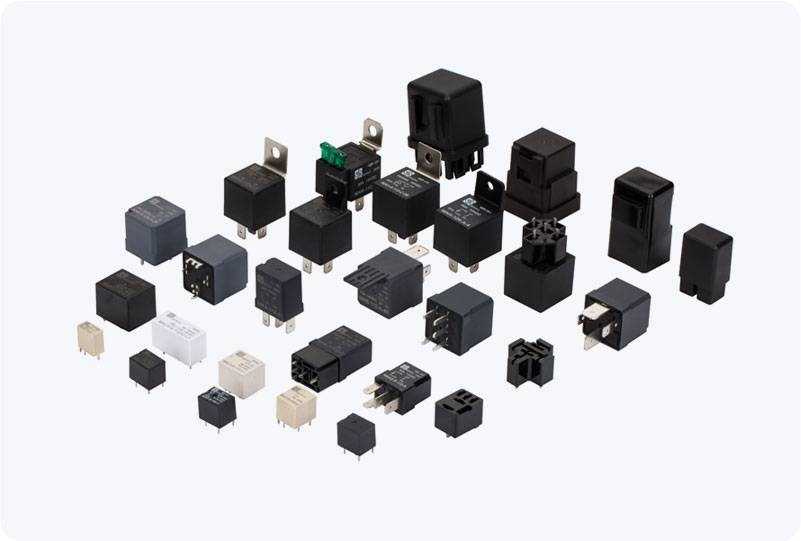telecommunication relay: the backbone of modern communication systems
Release time:2025-06-14 01:41:26
Telecommunication relay is a crucial component in the world of modern communication systems. It refers to the method of transmitting data over long distances using intermediate points or relays to enhance signal strength, improve data integrity, and ensure reliable transmission. The development of telecommunication relays has significantly transformed the way we communicate, enabling the transfer of voice, video, and data across vast networks that span the globe. This article explores the importance of telecommunication relays, their types, and their role in the functioning of modern telecommunications.

Understanding Telecommunication Relays
In telecommunications, a relay is an electronic device that amplifies, retransmits, or redirects signals to extend the reach of communication networks. Relays are typically used in scenarios where the signal needs to travel over a long distance, such as satellite communication, undersea cables, and wireless networks. The use of relays ensures that signals do not degrade as they travel through the transmission medium, allowing for clearer communication and faster data transfer.
The Role of Telecommunication Relays
The primary function of telecommunication relays is to act as intermediate stations that strengthen and forward signals. Relays are used in a variety of communication networks, including wired, wireless, and satellite systems. These devices work by receiving a weak signal, amplifying it, and then sending it to the next stage in the communication path. This process ensures that the signal maintains its quality over long distances and reduces the likelihood of data loss or distortion.

